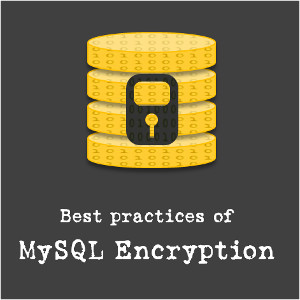Introduction to Versioning Environments With Vagrant

Pluralsight
Course Summary
In this course, you'll learn everything necessary to create virtual environments, version the definition of the environments, and start reaping the benefits of Vagrant for developing and supporting software systems.
-
+
Course Description
Partitioning and automating the creation of environments and incorporating them into development workflows can be immensely valuable. But, historically it's been so much work it has rarely been worth the effort. That's no longer the case, thanks to Vagrant. With Vagrant, you'll know what software is necessary for a project, including software versions and configuration; you will have a history of why, when, who, and how this software was incorporated; you will eliminate surprises by developing in an environment similar to production; and be able to safely create and test scripts to automate the setup of environments. This will help you get projects up and running quickly and effectively onboard new team members. In this course, you'll learn everything necessary to start reaping the benefits of Vagrant for developing and supporting software systems.
-
+
Course Syllabus
Why Vagrant?- 7m 57s
—What If? 4m 39s
—What You'll Learn 3m 17sTest Drive Vagrant- 28m 13s
—Introduction 1m 11s
—Installing Vagrant and VirtualBox on Windows 5m 17s
—Installing Vagrant and VirtualBox on OS X 0m 49s
—Installing Vagrant and VirtualBox on Ubuntu 1m 21s
—Vagrant Up - Creating Your First VM 1m 55s
—Displaying a GUI Interface 2m 6s
—Sharing Files With the VM 1m 45s
—Suspending the VM 1m 35s
—Halting the VM 0m 55s
—Destroying the VM 2m 11s
—Windows Line Endings 5m 54s
—Additional Help 1m 51s
—Takeaway 1m 18sWeb Development Environment and Vagrant Fundamentals- 49m 15sCreating a Hubot Environment- 49m 27sHubot in the Cloud- 50m 12sWindows Guests- 41m 44sLocal Development Databases- 33m 6s





